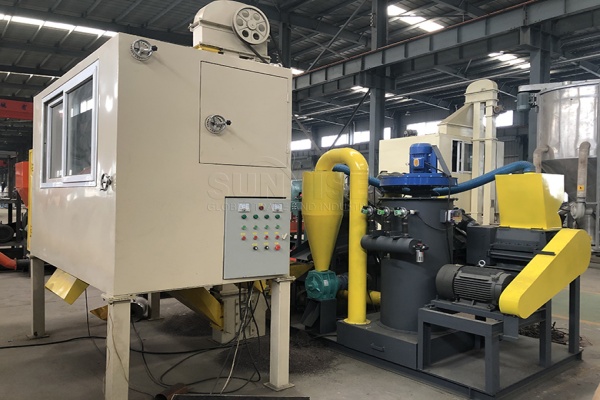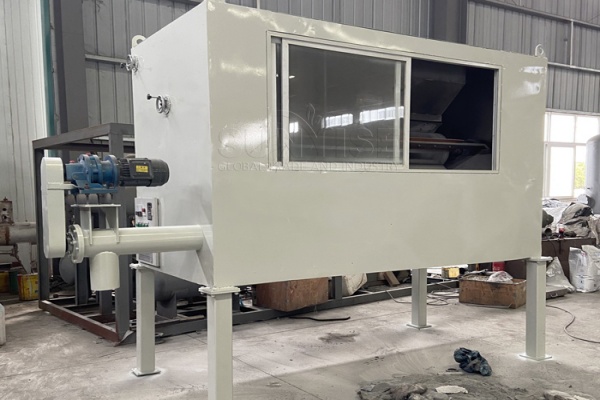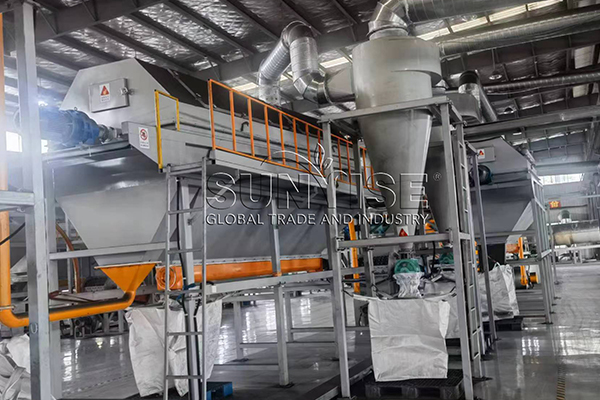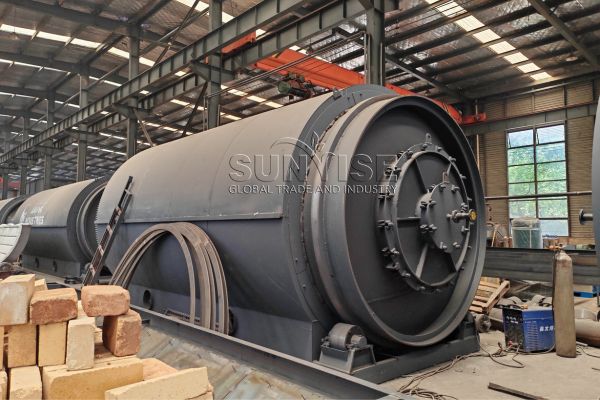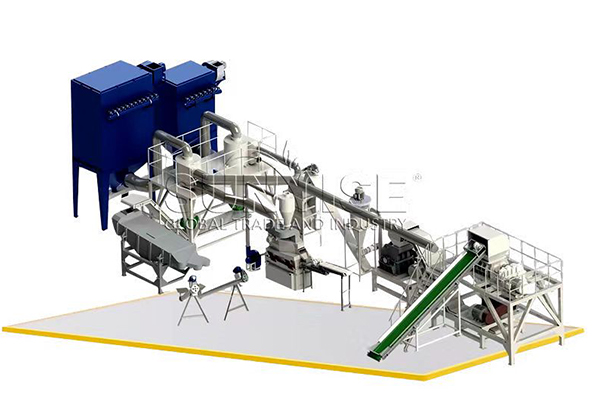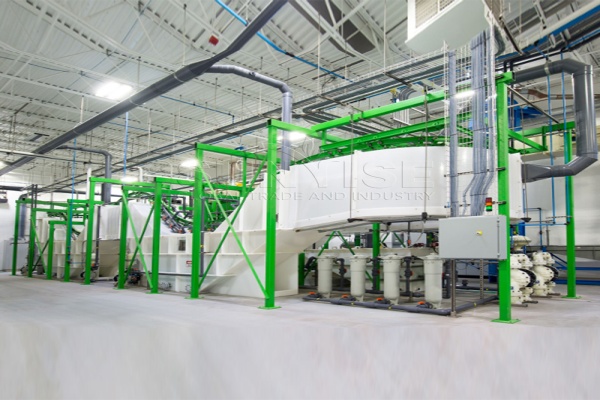An electrostatic separator is a machine that uses electrostatic force to separate different materials. It plays an important role in e-waste recycling, separating metals from non-metals, improving metal purity, and improving the overall efficiency of the recycling production line, driving the e-waste recycling industry towards a more sustainable direction. So here comes the question: how does SUNRISE electrostatic separator work?
The Principle of Electrostatic Separation
At its core, the electrostatic separator utilizes the differences in the electrical conductivity и surface chargeability of different materials. When particles of different materials are placed in an electric field, they will respond differently based on their inherent electrical properties. Materials can generally be classified into conductors and non – conductors (or dielectrics) in terms of their electrical conductivity.
Раздробяване и смилане
The first step in using an electrostatic separator is to prepare the feed material. The raw material is usually crushed and ground to a suitable particle size. Например, in the recycling of electronic waste, the waste components are shredded into small pieces so that individual particles can be effectively separated. The particle size is typically in the range of a few millimeters to a few hundred micrometers, depending on the specific requirements of the separation process and the nature of the materials.
Drying
After crushing and grinding, the material may need to be dried if it contains moisture. Moisture can interfere with the electrostatic separation process because water can conduct electricity and change the electrical properties of the materials. Drying is usually achieved through methods such as hot – air drying or vacuum drying to ensure that the material has a consistent and suitable moisture content, usually less than a few percent.
Configuration of the Electric Field
The charged particles are then introduced into an electric field. The electric field is created between two electrodes, usually a high – voltage electrode and a grounded electrode. The strength of the electric field can be adjusted by changing the voltage difference between the electrodes. The distance between the electrodes also affects the field strength and the trajectory of the particles.
Separation of Conductors and Non – Conductors
Conductive materials, such as metals, will quickly lose their charge and follow the electric field lines towards the grounded electrode due to their high electrical conductivity. Non – conductive materials, от друга страна, will retain their charge and be deflected in a different direction by the electric field. Например, in the separation of a mixture of copper and plastic particles, the copper particles will be attracted to the grounded electrode, while the plastic particles will follow a different path and be collected separately.
Collection of Separated Materials
We then collect the separated materials in different bins or conveyors. We design the collection system to ensure that the separated materials do not remix. Например, in a continuous – flow electrostatic separator, the separated materials are funneled into different chutes or hoppers, from where they can be further processed or stored.
Factors Affecting the Performance of of Electrostatic Separators
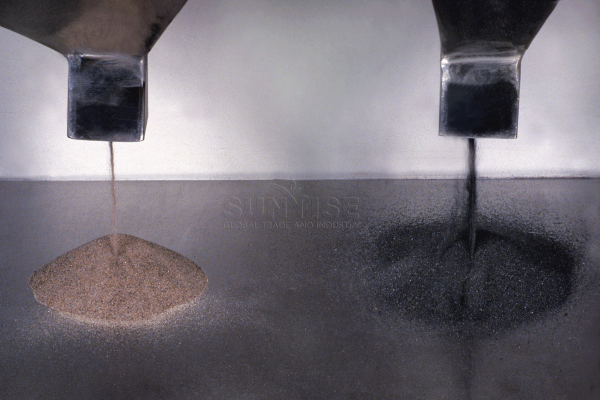
The electrostatic separator’s performance is a complex interplay of multiple elements. Understanding these elements is essential for optimizing its functionality and achieving efficient material separation. Now let’s explore the specific factors that have a profound impact on the performance of electrostatic separators.
Size of Materials Separated by Electrostatic Separation
The size and shape of the particles significantly affect the separation efficiency. Larger particles may have a different charging behavior and trajectory in the electric field compared to smaller particles. Irregularly – shaped particles may also experience different forces due to their non – uniform charge distribution.
Material Composition for Electrostatic Separation
The electrical properties of the materials, such as conductivity and dielectric constant, play a crucial role. Different materials have different affinities for electrons and respond differently to the charging and separation processes.
Operating Conditions of Electrostatic Separators
The voltage applied, the flow rate of the material, and the humidity and temperature of the environment can all impact the performance of the electrostatic separator. We need to determine optimal operating conditions through experimentation and process optimization for each specific application.
Wanna know more about SUNRISE electrostatic separator? Contact us now! В допълнение, SUNRISE also manufacture other e-waste recycling machine (Рециклиране на слънчеви панели, Рециклиране на литиева батерия и circuit board recycling), и tire pyrolysis machine!
Свържете се с нас

